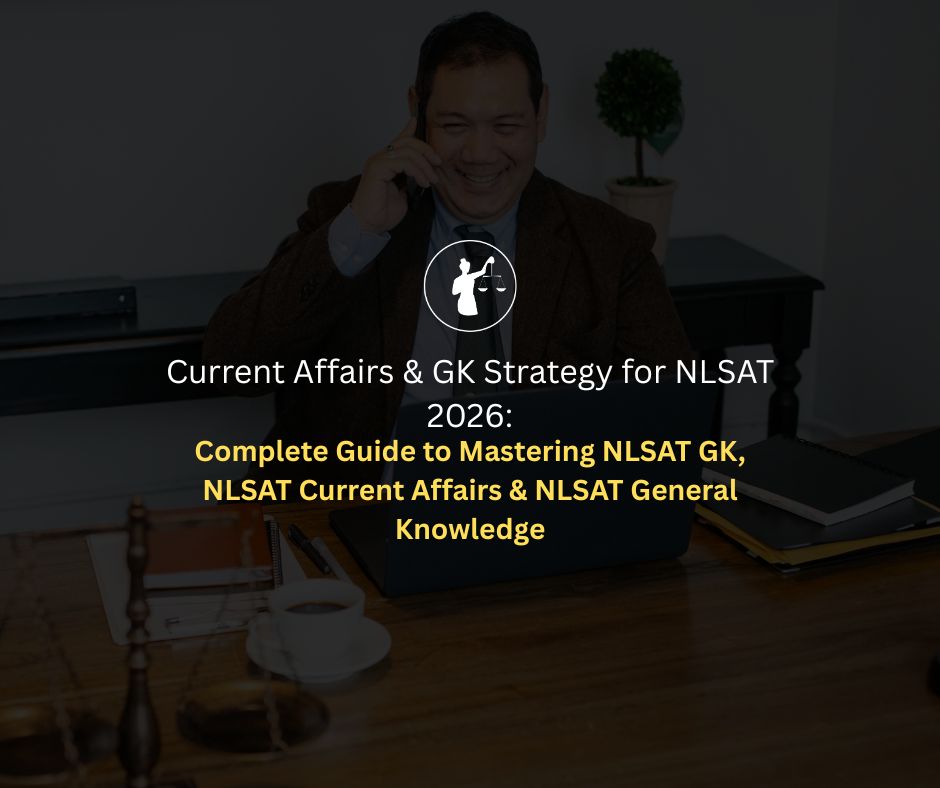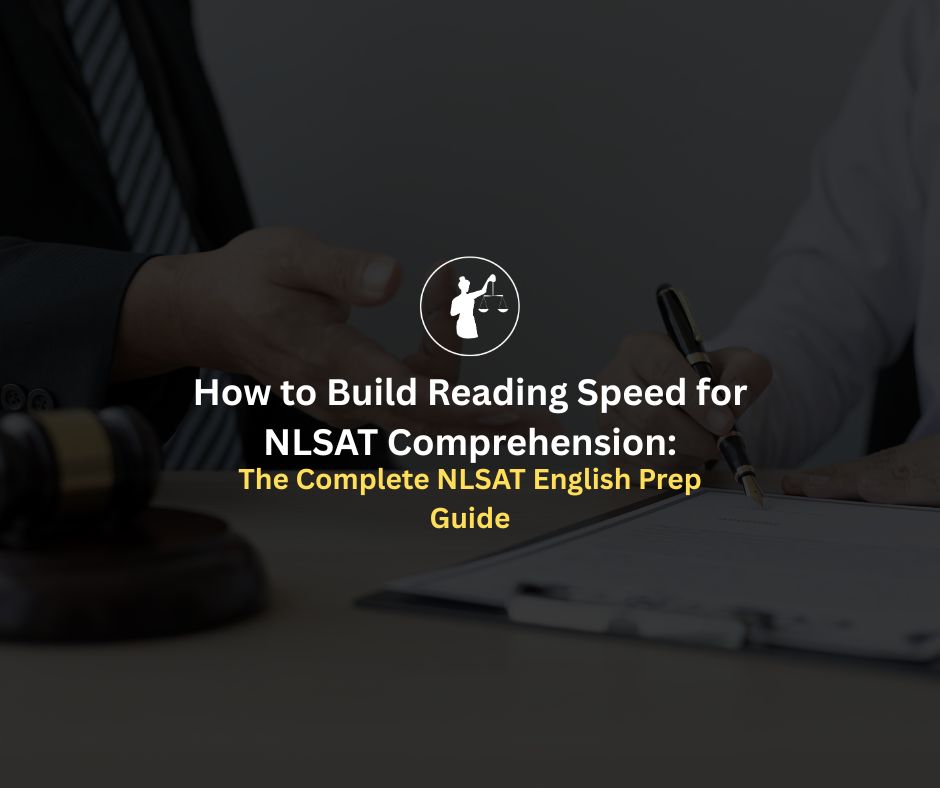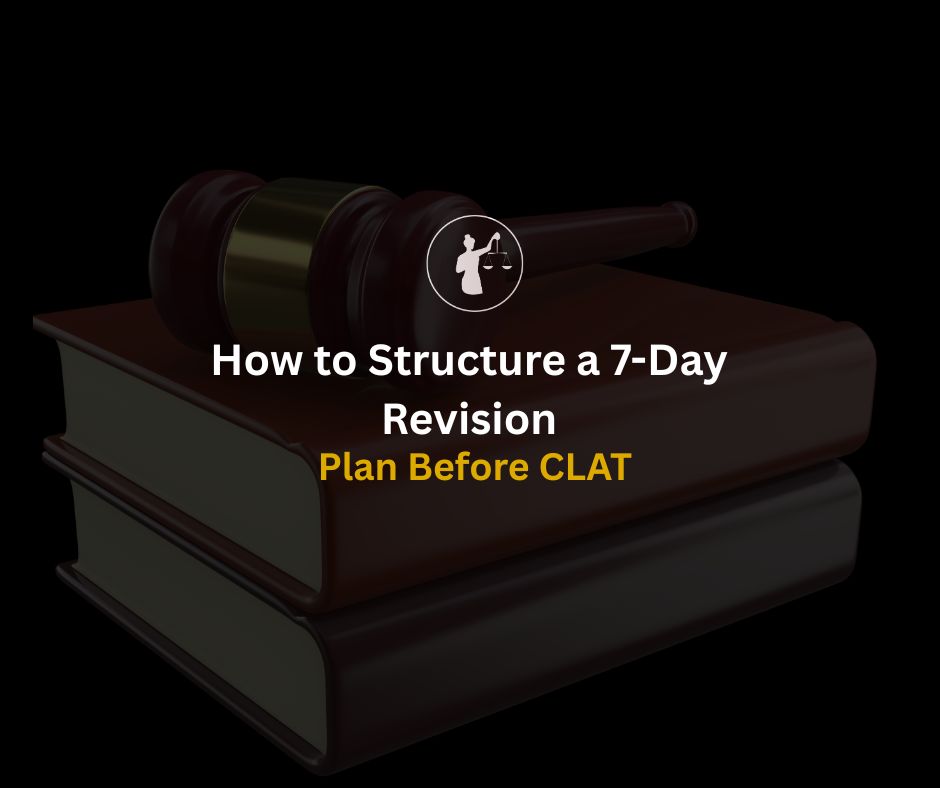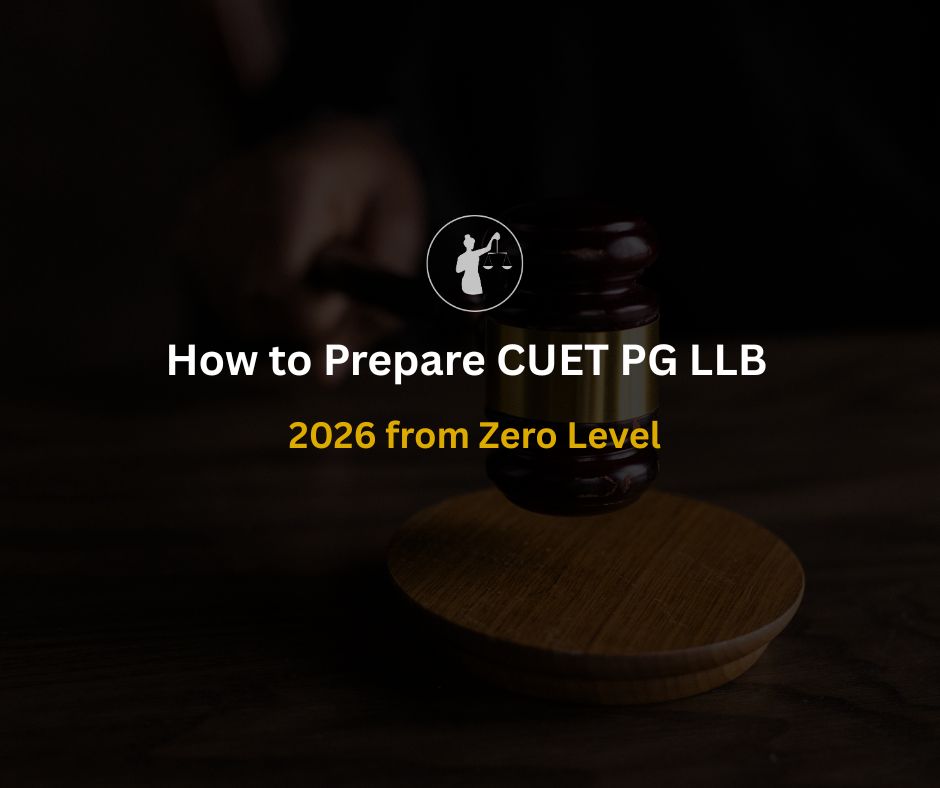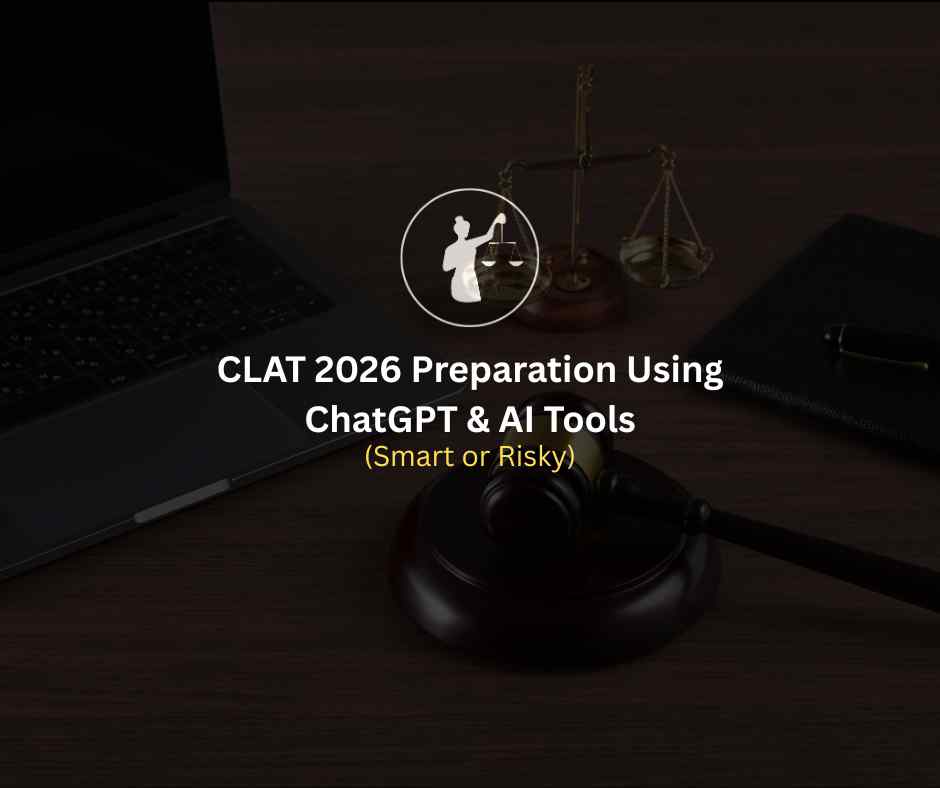
Summary
Many CLAT 2026 aspirants are turning to AI tools like ChatGPT to streamline revision, clarify concepts, and practice faster. This blog explores whether that’s a clever strategy or a dangerous shortcut. We examine real benefits, potential pitfalls, and how to use AI habitually while maintaining accuracy and exam readiness.
Best CLAT Online Coaching 2026 – 2027 by NLTI
CLAT tests five domains: Legal Reasoning, Logical Reasoning, English, GK/CA, and Quant. Coaching platforms now introduce AI-driven assistants to resolve doubts, generate questions, and organize revision, creating high demand. Students see AI as a way to elevate speed, fill knowledge gaps, and gain structured clarity.
Some compelling advantages:
Instant explanations:
AI gives quick summaries for confusing legal principles or logical reasoning strategies.
Question generation:
You can ask ChatGPT to provide MCQs on principles like "torts" or "syllogisms" for targeted practice.
Simplified concepts:
It can paraphrase complex passages from sources like The Hindu in learner-friendly language.
Study planning aid:
ChatGPT can suggest weekly study breakdowns or revision checklists.
These features are especially helpful when you're short on time or need quick clarity on a tricky topic.
Read More : CLAT 2026 Logical Reasoning: Master Critical Inference
But AI tools also bring serious risks:
Factual inaccuracies:
ChatGPT's knowledge cutoff (e.g., 2021) means it may miss current legal updates or recent landmark judgments.
Hallucinations:
The tool can fabricate plausible but incorrect examples or precedents, which is dangerous in Legal Reasoning.
Surface-level help:
AI can’t think like a lawyer. It may simplify a principle but misapply nuance.
Over-dependence:
Relying too much on shortcuts may stunt critical thinking and weaken your RC comprehension under exam pressure.
Ethical concerns:
Some students use AI to generate answers or notes with minimal understanding, an academic dead end.
Smart use of AI hinges on structure and verification:
1. Treat AI as suggestion, not authority
Always cross-check ChatGPT responses with reputable sources.
2. Ask specific, contextual prompts
For example: “Give me top five verdicts on environmental law relevant to CLAT” rather than generic requests.
3. Use it for clarification, not answers
Ask it to explain a legal principle in simple terms, but practice application through mock questions separately.
4. Incorporate AI within established study routines
Use AI after you try solving a problem yourself, it’s for post-practice clarity, not crutches.
Read More: CLAT 2026 Time Management Tricks for Every Section: Ace Your Exam
Gold-standard summary:
Instant overviews of dense CLAT-style passages.
Concept drills:
AI can generate mini-practice questions around "assumptions in arguments" or "inference spotting," helping boost speed.
Instant feedback:
When you're unsure why your answer is wrong, a prompt like “Explain why this inference is wrong” gives direction.
Consistency:
AI-powered planning tools help structure daily tasks, ensuring revision stays on track.
1. Self-practice first
Attempt a passage or question set on your own under realistic time.
2. Then consult AI
If stuck, ask: “Explain this legal reasoning principle concisely.”
3. Verify with primary sources
Use your textbooks or verified legal updates to confirm accuracy.
4. Apply it
Reattempt a similar question or practice application.
5. Track revision
Use AI to suggest a weekly revision slot or topic rotation.
Read More : CLAT 2026 Doubt Clearing: Build Strong Conceptual Clarity for Every Section
While AI platforms like ChatGPT can accelerate learning, they cannot replace structured mentorship, curated resources, and real exam conditioning. This is where NLTI steps in for CLAT 2026 aspirants.
Mentor-driven correction: Toppers from NLSIU and other top NLUs guide you to avoid the over-reliance trap of AI and ensure your concepts are accurate.
Balanced use of technology: NLTI integrates digital resources and AI-friendly tools with proven strategies so you get the best of both worlds.
Curated GK and Legal updates: Instead of letting AI hallucinate data, you receive precise, exam-focused content designed for CLAT 2026.
Mock analysis and feedback: AI can generate questions, but NLTI mentors explain why you made errors and how to prevent them in real time.
The future of CLAT prep lies in combining smart technology with trusted human expertise. NLTI ensures that aspirants don’t just study harder with AI tools, but also smarter with structured strategies that have delivered results year after year.
Using AI in CLAT 2026 prep is a smart aid, but only when used smartly. It enhances speed, clarity, and access to revision formats, but poses serious risk if relied upon for answers, summaries, or current affairs without verification. Balanced, strategic incorporation of AI, backed by consistent practice and source verification, makes it a powerful ally, not a crutch.
Read More: CLAT 2026 Preparation with Free Resources
1. Can I fully replace CLAT coaching with ChatGPT or other AI tools?
No. AI tools can clarify concepts and generate practice questions, but they cannot replace structured mentorship, curated resources, and mock test analysis that coaching provides.
2. Is it safe to rely on AI tools for CLAT legal reasoning practice?
Only partly. AI can explain principles in simpler terms, but you must verify with authentic sources like Bare Acts or case summaries to avoid conceptual errors.
3. How can I use AI tools for GK preparation without missing recent updates?
Combine AI for summaries with reliable daily newspapers and monthly compendiums. AI alone should not be your GK source since it often misses the latest developments.
4. What’s the best way to frame AI prompts for CLAT preparation?
Keep them specific. For example: “Explain the principle of negligence with two examples relevant for CLAT” rather than “Explain negligence.”
5. Does using AI for CLAT preparation risk plagiarism?
Yes, if you copy responses directly into assignments or notes without understanding. Always rephrase, verify, and write in your own words.
6. How do AI tools help with time management in CLAT study plans?
They can generate daily or weekly timetables, suggest section-wise practice hours, and even build revision cycles. Use them as a guide but adapt to your personal pace.
7. Can AI tools generate CLAT-style mock tests?
Yes, but quality varies. Use AI-generated sets only as supplementary material. Official CLAT sample papers and curated mocks remain the gold standard.
8. How can AI improve my reading comprehension for CLAT?
Ask AI to paraphrase tough passages into simpler language, then compare with the original. This strengthens your comprehension and helps speed up RC solving.
9. What is the biggest mistake students make with AI tools in CLAT prep?
Depending on AI for direct answers instead of using it for conceptual clarity and practice guidance. This weakens independent reasoning ability.
10. Is it worth combining AI tools with peer or mentor discussions?
Absolutely. AI gives instant inputs, but peer or mentor feedback ensures your reasoning is sound and exam-oriented. This hybrid approach is the most effective.
